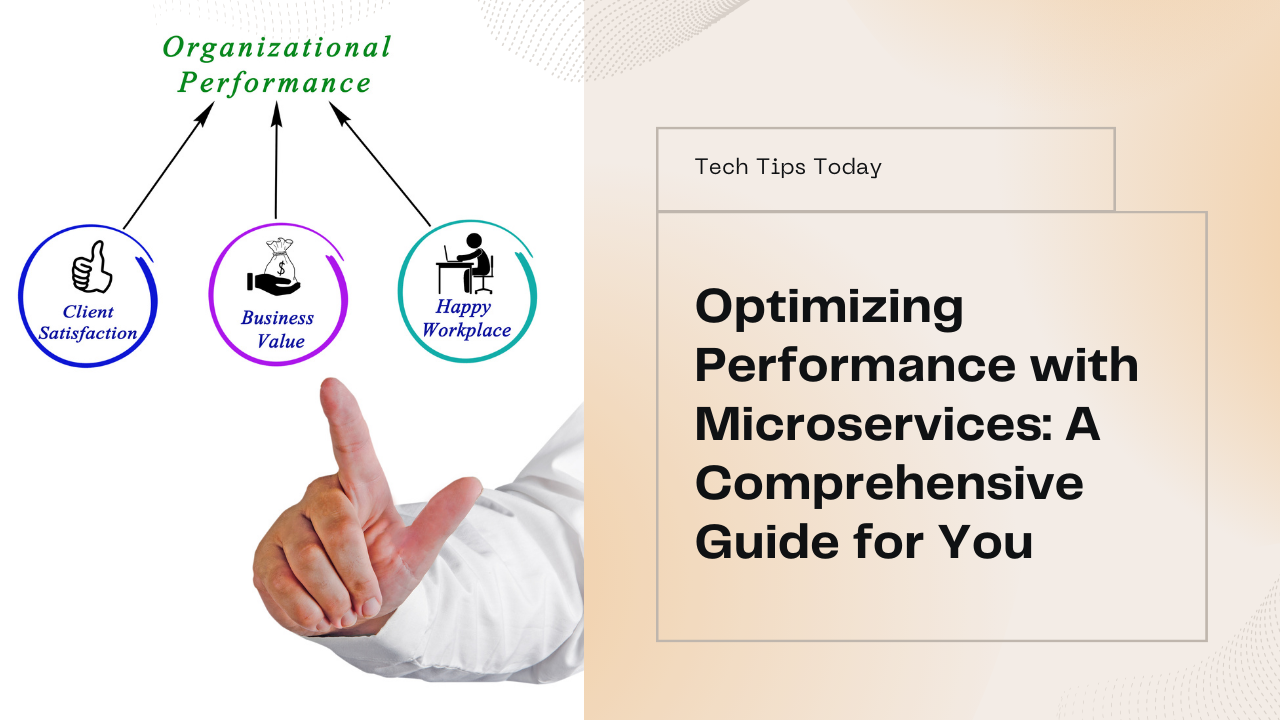In today’s dynamic digital landscape, businesses are increasingly turning to Microservices Architecture to achieve greater agility, scalability, and innovation in software development. This blog provides a comprehensive guide on how to effectively implement Microservices in your business, exploring key benefits, challenges, best practices, and how Sodio Technologies can help navigate this transformative journey.
Understanding Microservices Architecture
Microservices Architecture is a design approach where a single application is broken down into smaller, independent services, each focused on specific business capabilities. Unlike traditional monolithic architectures, Microservices enable teams to develop, deploy, and scale services independently, fostering faster time-to-market and better alignment with business needs.
Key Benefits of Microservices for Businesses
1. Scalability and Flexibility
Microservices allow businesses to scale individual services based on demand, optimizing resource utilization and enhancing system performance. This scalability is crucial for handling varying workloads and accommodating growth without over-provisioning resources.
2. Agility and Faster Time-to-Market
The modular nature of Microservices facilitates agile development practices, enabling teams to work on and deploy services independently. This agility accelerates time-to-market for new features and updates, responding swiftly to market changes and customer feedback.
3. Improved Resilience and Fault Isolation
Microservices promote fault isolation, ensuring that issues in one service do not affect the entire application. By encapsulating business functionalities into discrete services, organizations can enhance system resilience and minimize downtime in case of failures.
4. Technology Diversity and Innovation
Microservices support polyglot programming, allowing each service to be developed using the most suitable technology stack. This flexibility promotes innovation by leveraging emerging technologies and optimizing performance based on specific service requirements.
Challenges of Implementing Microservices
1. Complexity in Distributed Systems
Managing a distributed architecture introduces complexities such as network latency, data consistency, and inter-service communication. Organizations need robust monitoring, logging, and debugging tools to ensure seamless integration and operational efficiency.
2. Organizational Alignment and Culture Shift
Transitioning to Microservices requires a cultural shift towards cross-functional collaboration, ownership, and DevOps practices. Teams must align their workflows, responsibilities, and communication channels to effectively manage and support distributed services.
3. Continuous Integration and Deployment (CI/CD)
Implementing CI/CD pipelines is crucial for automating build, test, and deployment processes across Microservices. Organizations need scalable infrastructure, version control systems, and automated testing frameworks to maintain reliability and consistency in software delivery.
Best Practices for Implementing Microservices
1. Identify Business Capabilities and Domain Boundaries
Start by identifying distinct business capabilities and domain boundaries that can be encapsulated into Microservices. Conduct a domain-driven design (DDD) analysis to define service boundaries, responsibilities, and interactions based on business requirements.
2. Design API Contracts and Communication Protocols
Establish clear API contracts and communication protocols between Microservices to ensure interoperability and maintainability. Implement RESTful APIs or asynchronous messaging patterns (e.g., Kafka, RabbitMQ) for reliable data exchange and event-driven communication.
3. Containerization and Orchestration
Containerize Microservices using Docker or similar containerization technologies to standardize deployment and runtime environments. Leverage container orchestration platforms like Kubernetes to automate scaling, load balancing, and service discovery across distributed deployments.
4. Implement Service Discovery and Load Balancing
Deploy service discovery mechanisms (e.g., Consul, Eureka) to dynamically register and discover Microservices within the architecture. Implement load balancing strategies to distribute incoming traffic evenly across service instances, ensuring high availability and performance.
5. Adopt Monitoring and Observability Tools
Integrate robust monitoring, logging, and observability tools (e.g., Prometheus, ELK stack) to track service performance, health metrics, and real-time insights. Implement distributed tracing to analyze transaction flows and diagnose performance bottlenecks across Microservices.
Sodio Technologies: Your Partner in Microservices Transformation
At Sodio Technologies, we specialize in designing and implementing bespoke Microservices solutions that empower businesses with scalability, agility, and innovation. Leveraging our expertise in cloud-native development, containerization, API design, and DevOps practices, we help organizations navigate the complexities of Microservices adoption and drive digital transformation initiatives.
Conclusion
Implementing Microservices in your business is not just about adopting a new architectural pattern but embracing a transformative approach to software development and delivery. By leveraging Microservices Architecture, businesses can achieve greater flexibility, scalability, and resilience, positioning themselves for sustained growth and competitive advantage in the digital era. Partnering with a trusted technology provider like Sodio Technologies ensures a seamless transition to Microservices and unlocks new opportunities for innovation and business success.







